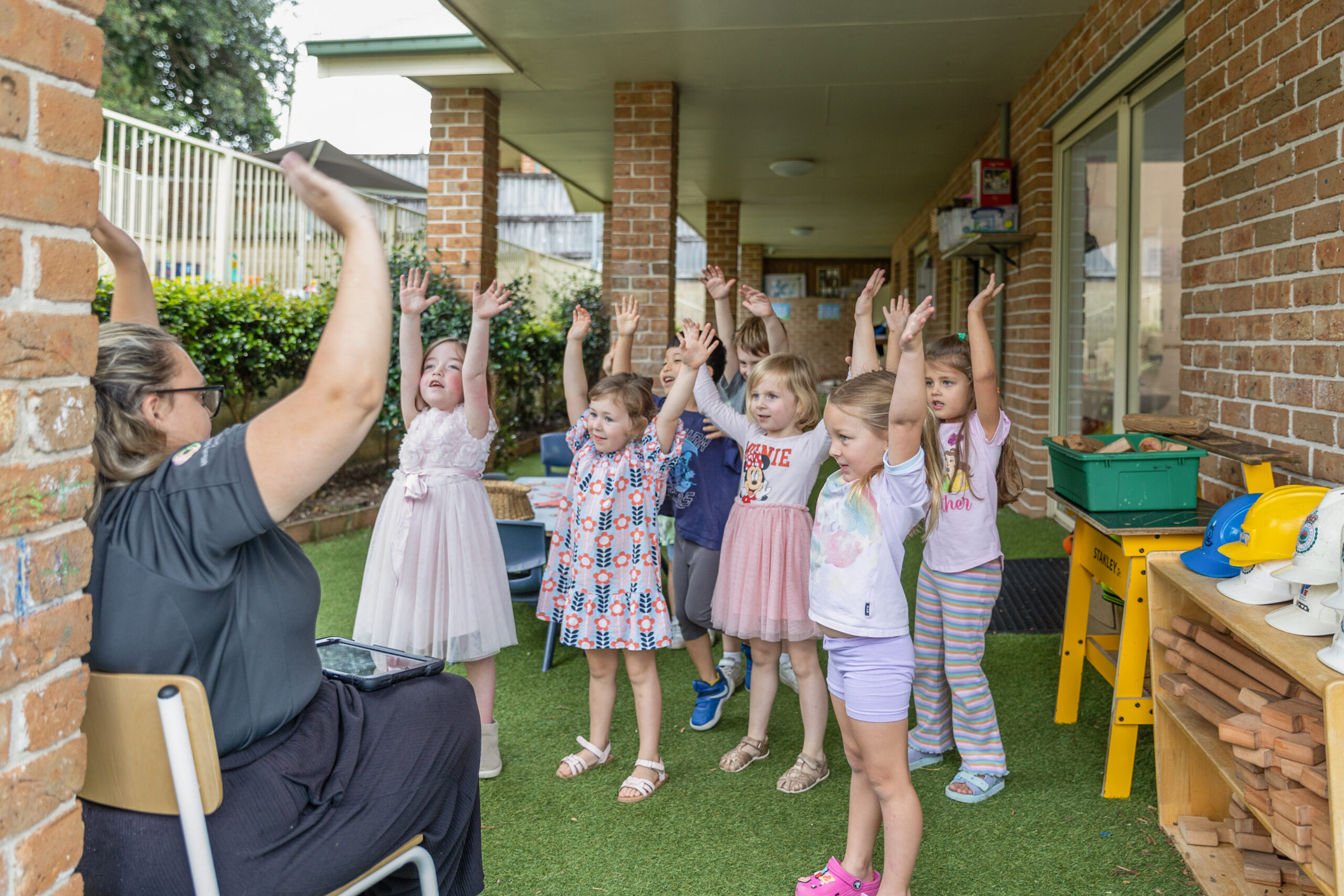
Celebrating International Dance Day - 29 April.
Have you ever watched your child break into a spontaneous wiggle mid-walk, or twirl across the kitchen like nobody’s watching? That joyful, free movement isn’t just adorable, it’s powerful.
At Milestones Early Learning, we know that dancing is more than just a fun activity. It’s a natural way for children to express themselves, build self-confidence, and connect with the world around them.
In honour of International Dance Day on 29 April, we’re celebrating all the wonderful ways movement supports children’s learning, creativity, and emotional wellbeing.
Dancing Builds More Than Muscles
Sure, dancing helps children develop balance, coordination, and physical strength, but that’s just the beginning.
When children dance, they are:
- Expressing emotions (think: joy, excitement, even frustration)
- Exploring how their bodies move and what they can do
- Building confidence by taking creative risks
- Learning how to lead and follow in group games
- Developing self-regulation by stopping, starting, and following cues
Whether it’s a wobbly spin, a superhero stomp, or a ballet-inspired swirl, dance lets children explore who they are, and how they feel, in a safe, joyful way.
Why Confidence Matters in the Early Years
Confidence is the foundation for learning. It helps children try new things, speak up in group settings, and persist through challenges. And movement, especially free, expressive movement like dancing, is one of the most natural and joyful ways to build that confidence.
At our Milestones centres, we embrace music and movement every day through:
- Group dance sessions and musical routines
- Imaginative movement, where children become animals, weather, or storybook characters
- Relaxation and yoga moments that build emotional awareness and self-regulation
And the best part? You can join in at home too!
Dance Together: 5 Confidence-Boosting Dance Games for Home
Here are five quick and easy dance games to boost your child’s confidence, no dance background required!
1. Freeze Dance
Play your child’s favourite song, pause it randomly, and shout “FREEZE!” Everyone must freeze in place. Great for listening skills, impulse control, and giggles.
2. Copy My Move
Take turns creating a move and copying each other. Try big, silly actions, animal walks, or fancy spins.
3. Emotion Dances
Call out a feeling - happy, sleepy, grumpy, excited - and dance it out. A playful way to build emotional literacy.
4. Follow the Beat
Clap, stomp, or dance in time with the music. Add a drum or even a pot and spoon for extra fun!
5. Dance in Character
Put on a cape, a tutu, or a pirate hat. Ask: “How would a dinosaur dance? How would a fairy float?”
Let imagination lead the way.
Tip: Don’t worry about getting the moves right, just have fun! Your child will love seeing you dance too.
Movement Is Learning
When we talk about school readiness, we often think about letters and numbers. But confidence, coordination, and creativity matter just as much.
Dancing supports:
- Physical development (gross motor skills, spatial awareness)
- Cognitive growth (memory, patterning, attention)
- Emotional development (self-expression, confidence, self-regulation)
- Social skills (teamwork, empathy, turn-taking)
That’s why movement and music are essential parts of our Lifelong Learning Curriculum, giving every child the chance to explore, express, and grow.
Let’s Keep Dancing
This International Dance Day, take a moment to dance with your child, in the lounge room, on the lawn, or wherever the music takes you.
It’s not about perfect steps or polished routines. It’s about joy, movement, and connection.
Want to see how we support movement, creativity, and confidence in action?
Find your local Milestones Early Learning centre and book a tour today.
Let’s keep those little feet moving, and those big imaginations growing.
